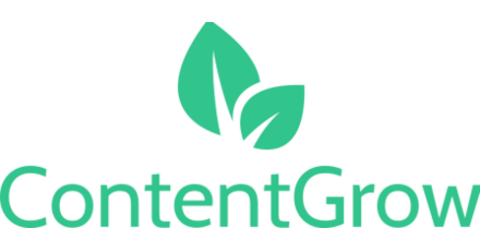Key takeaways from Meltwater's US Digital 2025 report
The US is 93% online, 73% social, and fully mobile—here’s what marketers should do about i
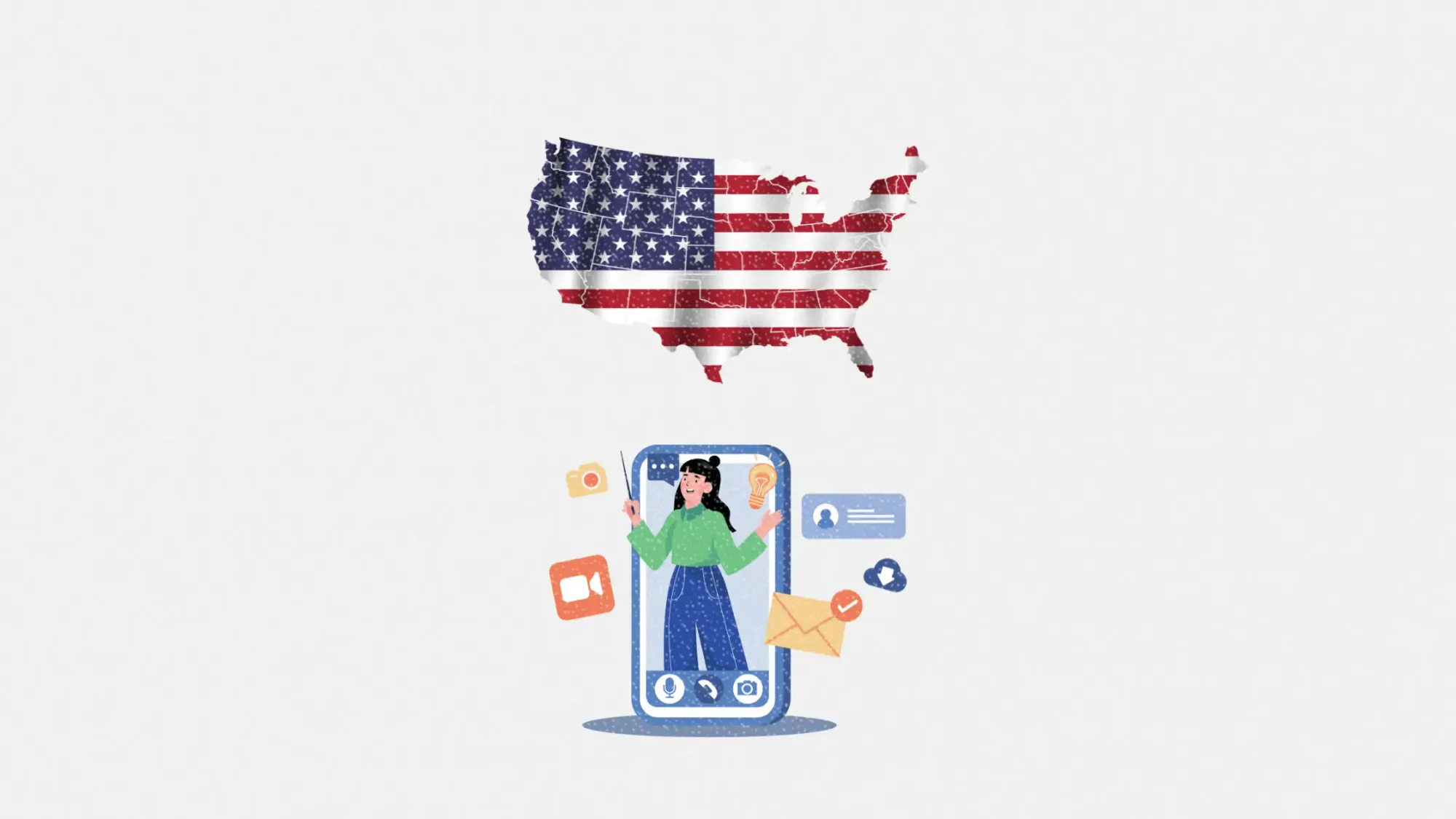
The US is wired, literally. According to Meltwater’s 2025 Global Digital report, 93.1% of Americans are online, mobile broadband has hit 100% of mobile connections, and over 73% of the population now uses social media.
But while the top-line numbers are impressive, the story beneath the surface is even more important for marketers looking to shape their digital strategy going into 2026.
This article breaks down the key takeaways from the United States section of DataReportal’s latest global report, digging into how consumer behaviors, internet penetration, and platform usage are shifting.
Short on time?
Here’s a table of contents for quick access:
- Internet and mobile: saturation meets speed
- Social media shake-ups: LinkedIn up, TikTok down
- Platform-by-platform breakdown
- What marketers should know
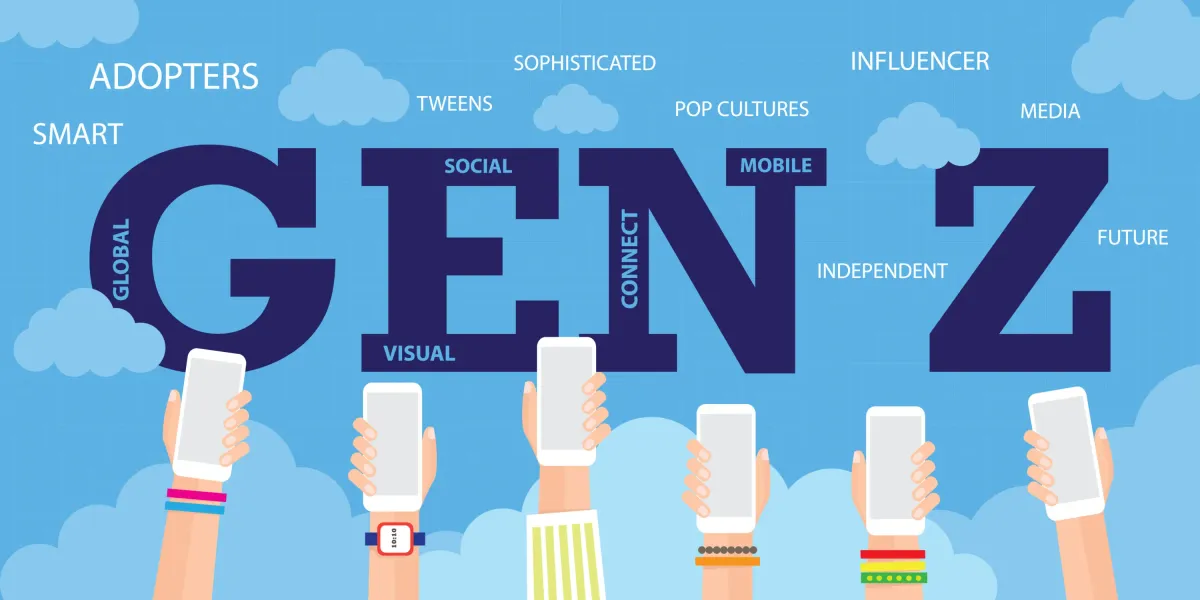
Internet and mobile: saturation meets speed
With 322 million internet users at the start of 2025, the US boasts an internet penetration rate of 93.1%. That figure remained flat year over year, suggesting the market is near total saturation. Growth may have plateaued, but speeds are improving. Median mobile download speeds hit 123.6 Mbps, while fixed connections surged to 262.6 Mbps.
Meanwhile, the mobile connection count soared to 411 million, or 119% of the total population. That figure reflects both personal and work-related usage, and thanks to eSIMs, it is easier than ever to juggle multiple plans.
Notably, 100% of mobile connections are now broadband-capable (3G or higher), a strong signal of the infrastructure maturity brands can leverage.
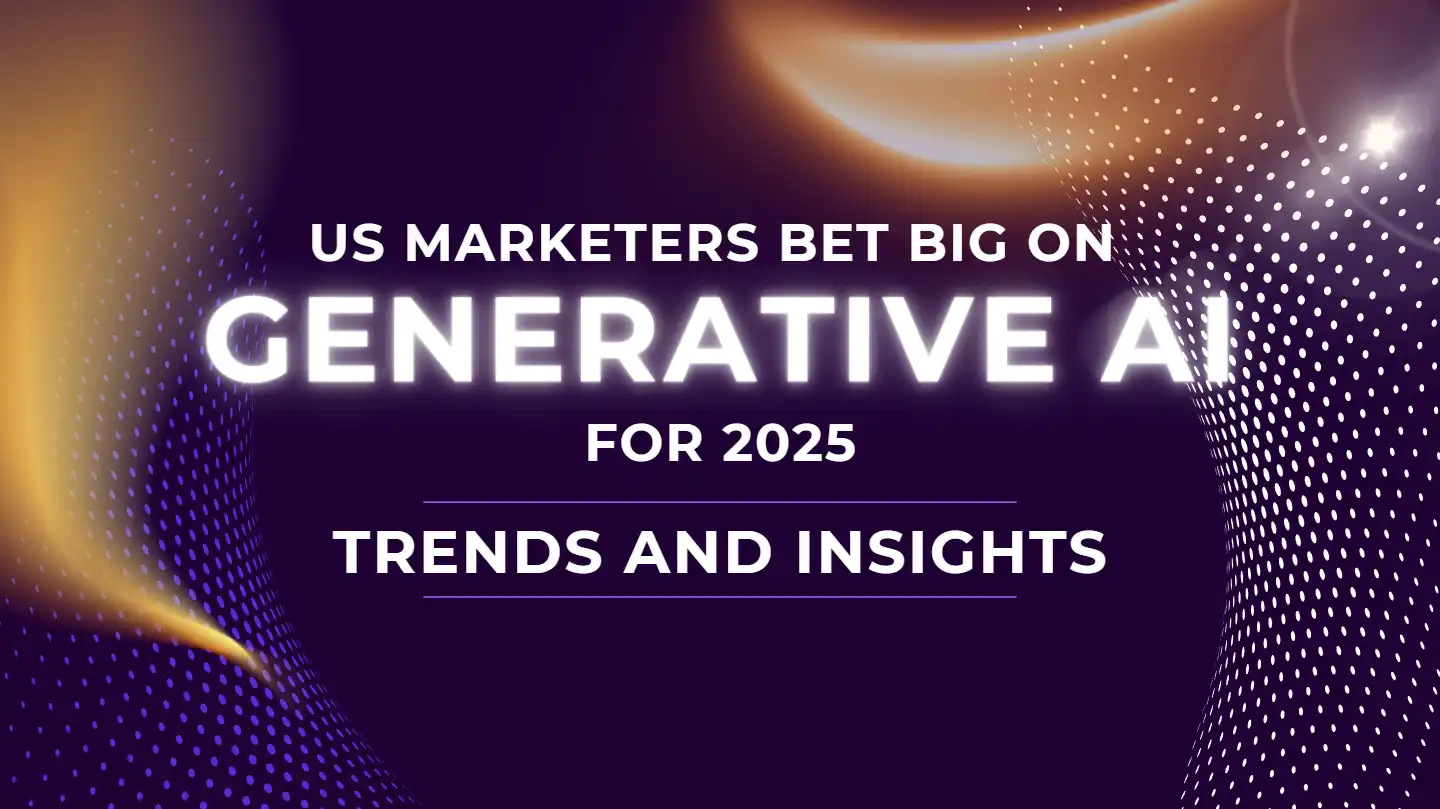
Social media shake-ups: LinkedIn up, TikTok down
Social media penetration reached 73% of the US population, equating to 253 million user identities. That is a 5.9% rise from last year, steady but not explosive. Yet not all platforms benefited equally.
LinkedIn posted the biggest gain in ad reach, adding 30 million users year over year (+13.6%). TikTok, on the other hand, lost ground. Its US ad reach dropped by over 12 million (-8.3%), possibly due to internal data corrections and growing regulatory scrutiny. Facebook saw modest growth, while Messenger took a sharp 26.1% dip, likely impacted by Meta’s reduced ad support for the platform in the US.
These uneven trends highlight a growing divergence in platform stability and audience stickiness. For marketers, it may be time to rebalance the social portfolio.
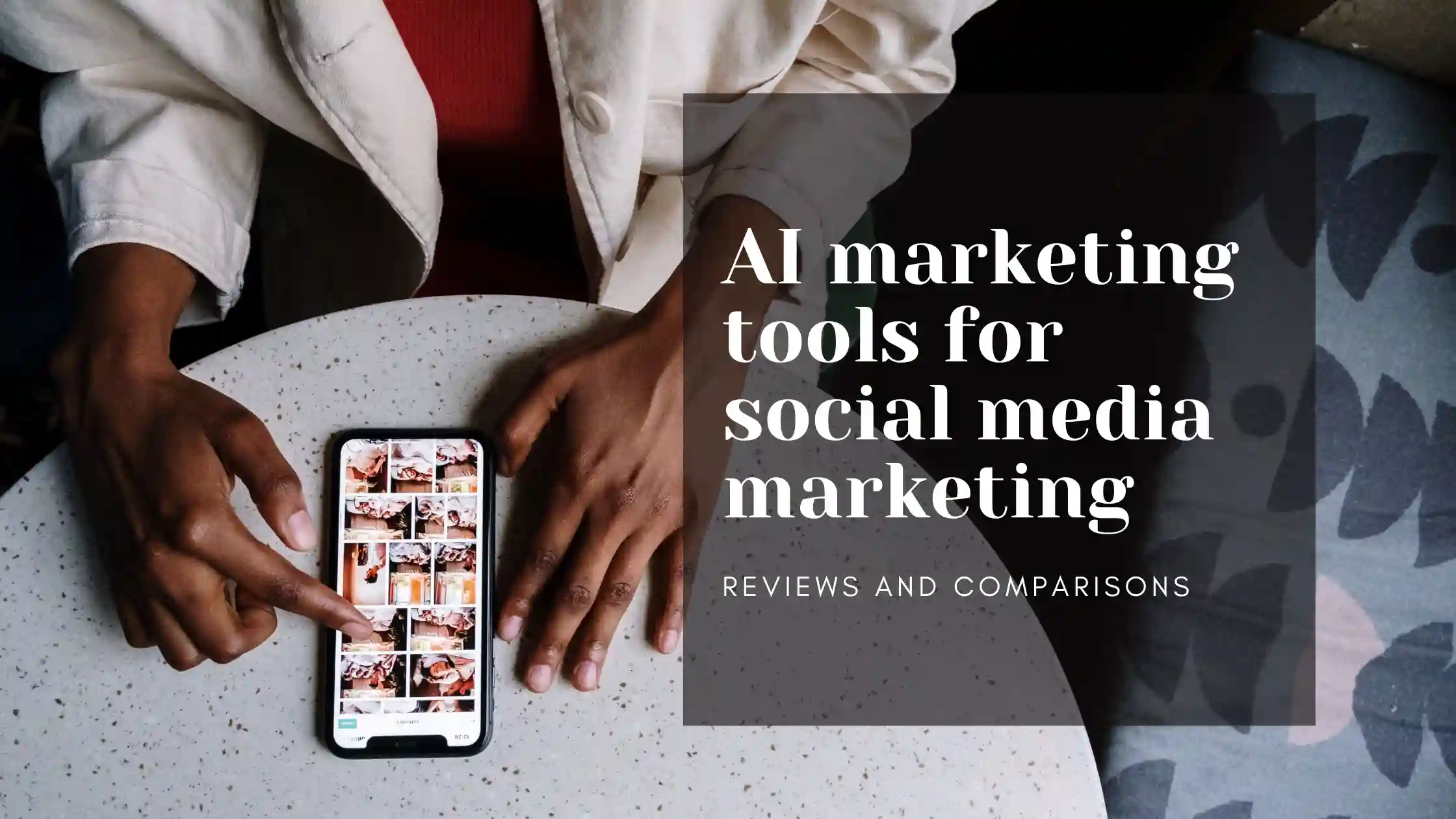
Platform-by-platform breakdown
Here’s a quick summary of where the major platforms stand in early 2025:
- YouTube remains dominant with 253 million users, matching the total social media figure
- Facebook has 197 million users, reaching 56.8% of the population and 71.9% of US adults
- Instagram hit 172 million users with an ad reach of 49.6%
- TikTok, once the darling of short-form video, slipped to 136 million adult users
- Snapchat holds at 106 million, mostly stable year over year
- X (formerly Twitter) dropped slightly to 104 million, despite a quarterly uptick
- LinkedIn surged to 250 million members, thanks in part to its strong B2B presence
- Pinterest reached 96 million users, with a user base that is still 71.5% female
One surprise? Messenger, despite being a staple of Meta’s ecosystem, dropped to just 4.25 million reported ad users in the US. Meta’s own tools cite limitations in current ad format availability, which could explain the drop, but it still signals waning advertiser interest.
What marketers should know
Here are the four key takeaways for brands and agencies recalibrating their US digital strategy:
- Saturation demands sophistication
With internet and mobile usage near universal, marketers can no longer rely on "more reach" to drive results. Instead, differentiation comes from smarter segmentation, personalized content, and velocity in campaign testing.
- Platform volatility is real
TikTok’s dip and LinkedIn’s jump are a reminder that audience behavior is shifting. Do not get locked into static channel strategies. Use tools like Hootsuite or Sprout Social to monitor shifts in engagement and audience migration.
- Consider audience vs. algorithm
While Facebook and Instagram still pull numbers, changes to ad tools, algorithm transparency, and privacy policies could affect performance. Prioritize content that drives engagement, not just reach.
- B2B is having a moment
LinkedIn’s 91.4% penetration among US adults is huge for B2B marketers. The platform’s growth suggests renewed user value and content stickiness. This could be a prime channel for lead gen, thought leadership, and employer branding.
